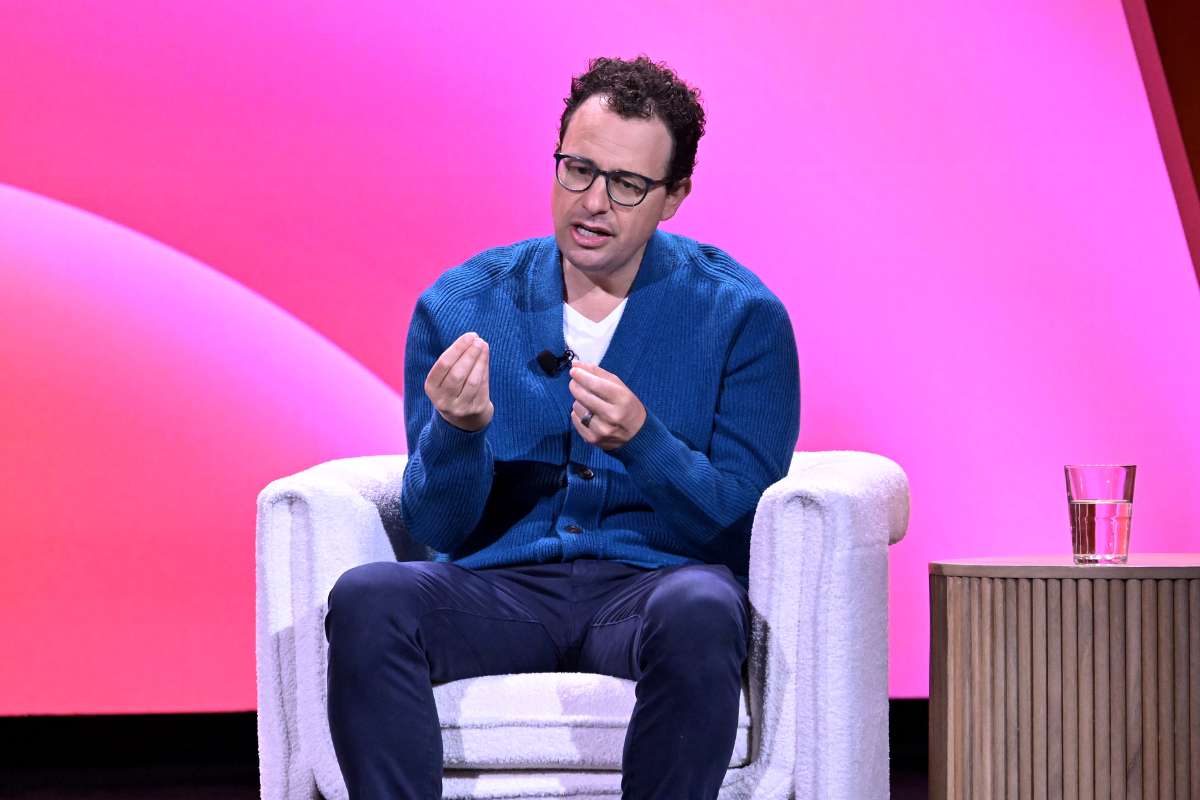The growing complexity of digital infrastructure within modern businesses is leaving organizations more exposed to cyber threats, according to Jon Abbott, CEO of cybersecurity firm ThreatAware. Abbott warns that an over-reliance on a fragmented array of tools and outdated manual processes has created critical “blind spots” in company IT networks. These blind spots, he says, are akin to “open windows asking for a burglar to step inside,” making it easier for cybercriminals to exploit unnoticed vulnerabilities.
Despite the availability of numerous security tools, Abbott argues that having too many systems working in silos can be overwhelmingly difficult to manage effectively. This fragmented setup, he explains, is not only inefficient but can lead to poor communication between infrastructure and security teams—an issue that often results in security gaps and delayed responses to emerging threats. “A key driver for this is the disconnect between security and infrastructure teams,” Abbott emphasizes.
With ransomware payouts hitting record levels in 2024 and cyberthreats powered by generative AI becoming more frequent and sophisticated, Abbott insists that simplification is the way forward. Streamlining security operations to provide clear, real-time visibility across all assets and devices is crucial to combatting rising risks, he adds.
Abbott’s Journey and Vision for ThreatAware
Jon Abbott brings over 25 years of experience in the IT industry, having begun his career at just 16 with Thomson Media, now Ebiquity plc. His entrepreneurial journey began in 2007 when he co-founded Priority One, a managed security services provider, with former colleague Steve Thomson. Despite describing the early days as “gruelling” and a major personal risk, Abbott remained determined to make his vision a reality.
More than a decade later, in 2018, the duo launched ThreatAware, initially serving Priority One’s existing clients. It wasn’t until 2023 that ThreatAware fully emerged as an independent cybersecurity firm. Abbott says the idea was born from a growing recognition that even well-established companies could be easily compromised without the right visibility into their digital environments.
“Throughout my career—from media monitoring to MSSPs—I’ve seen firsthand how even prestigious companies can fall victim to cyberattacks,” he reflects. Today, ThreatAware helps organizations across a range of sectors, including finance, legal, manufacturing, energy, and retail, gain better control over their cybersecurity frameworks.
Alarming Cyberattack Trends and the Call for Proactive Defense
Recent cybersecurity statistics paint a grim picture. According to Flashpoint, over 3.2 billion credentials were compromised in 2024 alone—a 33% increase from the previous year. Of these, approximately 75% were obtained using inexpensive, easy-to-access information-stealing malware. Attackers frequently use these credentials to install ransomware or exfiltrate sensitive data for sale on dark web forums.
The threat is further amplified by uncertainty surrounding key resources like the MITRE-run vulnerability database, a crucial tool for global IT and cybersecurity professionals. A last-minute contract extension was all that prevented the database from being shut down in 2024.
Abbott argues that reactive approaches to cybersecurity are no longer effective. Instead, he champions a proactive model built on real-time visibility and seamless collaboration between teams. “This real-time visibility means teams can work together to address blind spots before they’re exploited,” he explains.
At ThreatAware, innovation drives the mission to provide comprehensive, unified views of every device and asset connected to an organization’s network. Abbott’s ultimate goal: to empower companies with full control over their security landscapes and close the gaps that cybercriminals exploit.
Also Read :- Nations Strengthen Cyber Defenses Amid Growing Global Tensions






